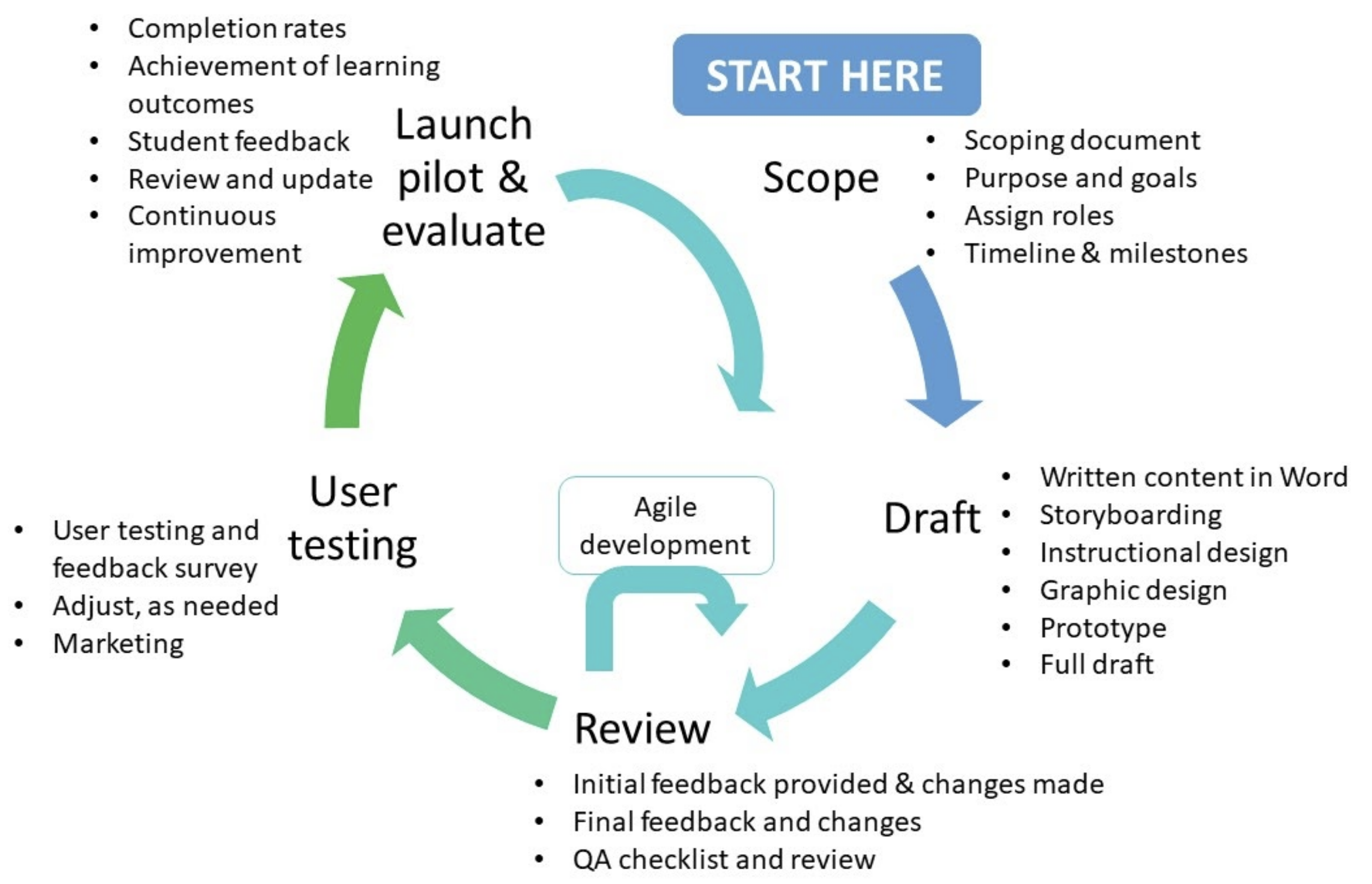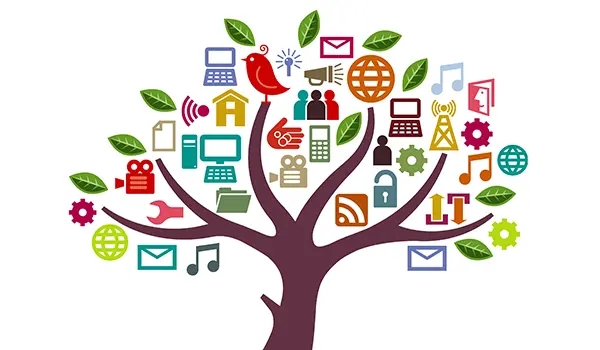By Natacha Hes, Aleisha Holmes, Kellyanne Harris, Sarah Brown, Gavin Beever
eLearning or electronic learning is a well established technology that is getting rapid uptake as an option for achieving learning outcomes with targeted stakeholders. It can be a standalone medium or part of a blended approach with other information exchange, education and training options. It could be an excellent option for achieving key learning outcomes in extension with your key target markets.
“Online learning is not the next big thing, it’s the now big thing.” – Donna, J. Abernathy, Educational Author.
This statement was made in 1999, it is even more relevant today! This post is designed to give you a good overview of eLearning and its potential as an Extension tool and how you could go about considering it for your situation.
What is eLearning?
“eLearning is the use of network technology to design, deliver, select, administer and extend learning.” – Elliot Masie (1999). This definition captures the eLearning experience and capability as a whole.
In practice eLearning could be:
- Listening to a lecture or webinar recording on the way to work
- Attending a live online Zoom class from the paddock
- Reading content and watching YouTube videos during your lunch break at work (a third of YouTube content is for educational purposes)
“eLearning, particularly in the context of extension, needs to be designed for busy people who have competing priorities” – Aleisha Holmes (TOCAL)
eLearning as an ecosystem – In theory
eLearning should not be seen as one dimensional. It is actually an ecosystem approach, it:
- Requires an overarching strategy – this can be as simple or as complex as is needed
- Is an integrated, holistic approach
- Involves a curation of resources and experiences – both original and existing, to create a dynamic learning experience
Start with visualising your eLearning ecosystem:
- What’s in it? – Start with what you already have and work out how you can best leverage those things
- Do you have any gaps that may need new resources?
- How do the pieces fit together?
eLearning as an ecosystem – In practice
- Adapt an existing project or institutional strategy – these can be used as the basis for your digital learning strategy
- Then identify and map out the key components of your ecosystem and how they may relate to each other and link together
- Remember to keep the learner in the centre of the ecosystem and keep everything related to their needs and what they will experience, learn and achieve
eLearning – The benefits and opportunities (In theory)
- It is targeted and structured – you can specifically target learning outcomes and skills that may be deficient and learners can demonstrate their achievement of specific and measurable learning outcomes
- It is scalable and can be delivered en masse
- eLearning can be synchronous. I.e. a cohort of learners learning together online at the same time. Or it can be asynchronous, where learners are entirely independent and self paced
- A key advantage is that it is flexible, accessible, adaptable and inclusive and can meet a wide variety of learner’s needs
- It can be updated easily and kept current and it can present a consistent standard of delivery to learners
- It can be very efficient in terms of costs and time
- Another key advantage is that it can provide a highly personalised learning experience
eLearning – The benefits and opportunities (In practice)
In practice you can anticipate the benefits and opportunities for your extension program by asking these key questions (they will also help identify whether eLearning is a potentially good option for your situation):
- What do we want participants to know/do? E.g. Identify pest and diseases for citrus
- How will we know that they understand/can do? E.g. Correctly ID from a photo and description
- Who is your target audience and how do they learn best? E.g. Registered crop monitors
- When do they need the new knowledge/skills? E.g. Seasonally, must be completed each year
eLearning – What are the challenges and considerations? (In theory)
- Lower completion rates
- Requires a certain level of digital literacy
- Requires internet connection
- Can require more time from a trainer/facilitator
“The challenges that arise in eLearning can be managed really well. If a challenge can’t be managed, it’s probably worth reconsidering eLearning as the chosen approach.” – Aleisha Holmes (TOCAL)
eLearning – What are the challenges and considerations? (In practice)
- It’s all about risk management!
- You need to consider if formal completion is a primary measure of success. If it is, you will need strategies to ensure that is achieved, usually involving some sort of incentivising
- Provide additional support where necessary. E.g. With ensuring learners have sufficient digital literacy, you could perhaps have some demonstrations recorded
- Consider using a blended approach
- It is critical that learners are actively participating as part of their learning experience, this cannot be emphasised enough. To do this, eLearning designs need to include things such as problem solving, simulations and case study activities
- Building in social learning opportunities can be very effective. Where learners learn with and from each other. This could include activities involving gamification, group discussions and collaborations online
- Ensure the learner and the learning outcome(s) are kept at the centre of design and delivery; so that at all times the learner understands where they are on their learning journey and it makes sense

- With eLearning in terms of learning outcomes, it is easy to get trapped in remember and understand, see Bloom’s Taxonomy (revised) below. The prompts on the side of the diagram are examples of how the application level can be achieved
eLearning – As part of a blended approach – A blended approach is when face to face and online learning opportunities are integrated together
eLearning – Development process
A development process will look different for every organisation and learning situation. Regardless of the context and situation, it is advised that for any situation there is a rigorous scoping process to start with. See an example development process below:

There are a range of software, learning management systems and authoring tools that can assist with the creation, development and continuous improvement of your eLearning ecosystem.
For more information and assistance
This extensionAUS webinar will give you a good overview of eLearning and the development of eLearning opportunities.
TOCAL College, NSW Department of Primary Industries have an eLearning development service that can give you assistance with designing eLearning approaches.


